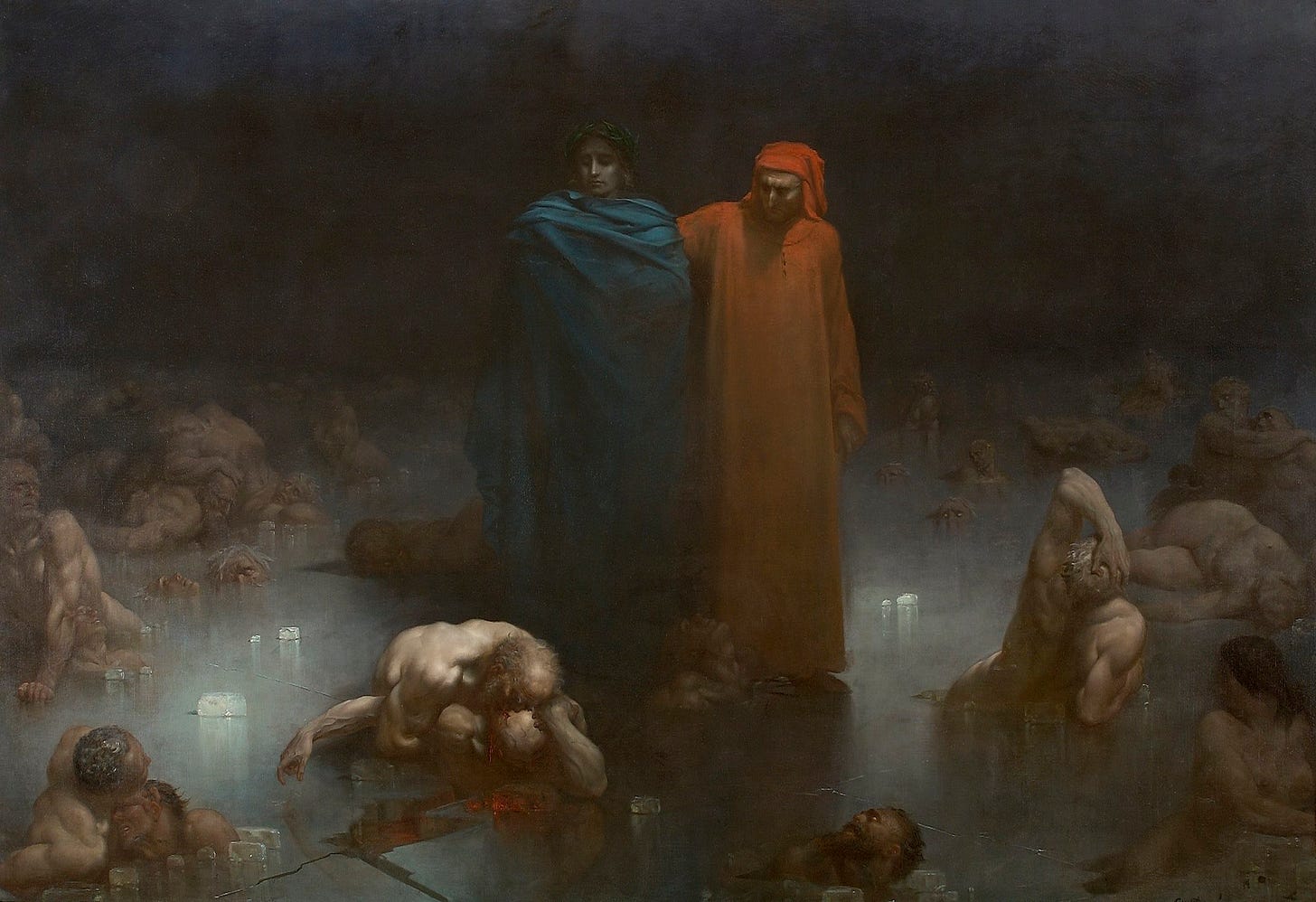Language and Physique
First printed in 1943.
Introduction
Works of this kind must be written as they grow: they are never complete. They are like bouquets gathered in the garden of language. If we walk through another door, if we take a walk in a different season, or just in a different mood, we will see new flowers blooming, and we will add them to the bouquet. For inexhaustible is the ground from which words sprout.
The reader who accompanies the author is also invited to continue to be transformed. He will discover of his own accord many a blossom, many a leaf, and will strengthen the pleasure derived from symbolic contemplation.
This theme as such hardly needs justification, for it goes without saying that the connection between language and the body must be abundant. If we are to make the brain the composer of language, then the body is its instrument, determining not only its phonetic but also its rhythmic, metrical, and melodic forms. In speech, as in all useful human activities, the whole body participates, supporting organs created for special service. Breath, diaphragm, heartbeat and circulation enliven, strengthen and permeate the artistic instrument that produces and connects sound. The heart conveys passions, the brain conveys thoughts. Rhythmic tension serves as metronome, musical contemplation as harmony. Gestures serve as punctuation, facial expressions as excellent commentary on communication. The eye continues to speak where the voice is silent.
So when it comes to persuasion, be it art, reason, or will, the whole body, every fibre of it, every thread resonating like a string, becomes the language.
The direct, intertwined relationship between language and the body shows that they are connected by creative power. In this sense, the body is the instrument, language is the element, and both are made for each other, like fin and water, eye and ray of light, wing and air. This relationship is beyond history, even beyond time. We are endowed with language, that is, we participate in this powerful element that fills the world, like ether, like spirit, like logos, like pneuma. Only in this way can we explain the miracle that we can speak and express in words things that are far beyond our comprehension. As colour is born out of colourlessness, so language is nourished by the inexpressible.
But, on the other hand, where language becomes sensually and spiritually tangible, man administers it with its own creative power. Of all his works, it is the greatest – the tapestry of the world, whose forms, colours, ideograms, and hieroglyphs have been created by countless unknown and nameless men, along with the genius of nations and great masters. Of all the structures, the most enduring and the most ancient is the language – a magical castle with labyrinths and oubliettes, observatories and halls, whose high windows offer a view of history and prehistory. What fortune that it has been preserved for us in the midst of the destruction. All the legacy of the past is encapsulated in its chambers, which have survived to this day. Whoever is at home here will never fall into despondency, it will always be fulfilled and richly renewed.
Since language is not only a revelation, not only a gift, but also a work of art and an expression, the traits of man are imprinted within it like the letters in a book. From them one can judge his development and life, just as from the imprints on the slate we can judge the appearance of extinct animals.
In the same way, the human body has left traces in language that invite contemplation and interpretation. By following the lure, we may well make even more significant discoveries about language.



